10 product-led growth companies that boost their development right now
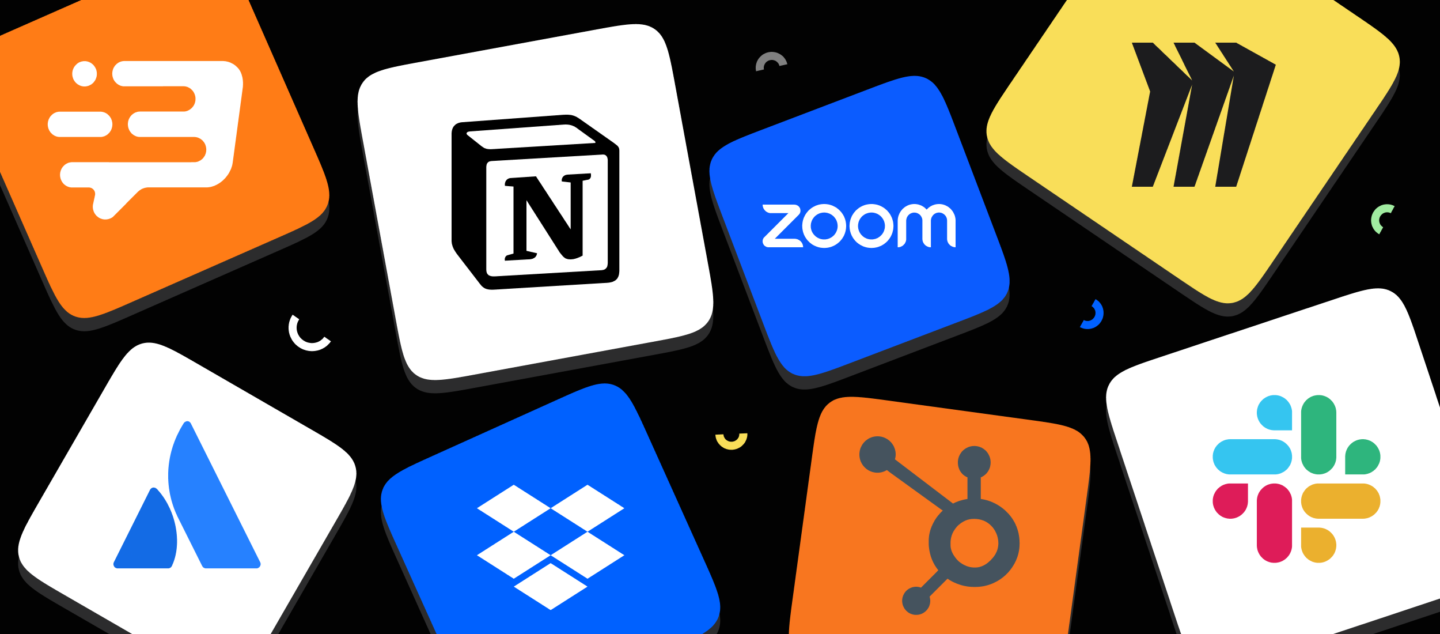
In the era we live in, where products are becoming increasingly intuitive and customers independently informed, product-led growth (PLG SaaS) represents a smart strategy for businesses to scale growth in a cost-effective, customer-centric manner.
So this article will illuminate the distinct, yet mutually effective, strategies that successful companies employ nowadays to leverage their product’s value to speak directly to the customer, cultivating an organic growth engine that drives customer acquisition, retention, and expansion.
What is product-led growth (PLG)?
A relatively new concept, in 2023 product-led growth (PLG) continues to revolutionize how businesses operate and expand. At its core, PLG is about harnessing the power of high-quality products to drive customer acquisition, conversion, and expansion. PLG companies design their products to be their best salespeople: intuitive, appealing, and easily promotable by users.
Now, let’s consider some benefits of Product Led Growth.
The benefits provided by PLG are substantial:
- Enhanced User Experience: Users feel empowered as they can test and decide on a product based on its merit. This autonomy improves both user experience and product adoption rates.
- Cost-effective Growth: PLG significantly reduces customer acquisition costs, courtesy of the inherent viral marketing leveraged when users fall in love with a product and share it within their networks.
- Scalable Business Models: PLG provides a scalable structure that doesn’t rely solely on direct sales, thereby promoting significant business growth without proportional increases in overheads.
And the shift to PLG is not without validation. A recent report from Bain.com notes that PLG companies grow 2x faster and gain 1.5x the revenue compared to their traditional competition. It further highlights that a sizable 35% of SaaS companies have already integrated or are considering incorporating PLG SaaS strategies into their business model.
As we move further into 2023, one thing is clear: PLG is not a fleeting trend but a growth architecture that is futuristically rooted in how users prefer to buy. The era of assuming the product as the hero is gaining momentum, and the success narratives of PLG companies are the testimony to the inevitable, encompassing embrace of Product-Led Growth.
What successful PLG companies have in common
Adopting a product-led growth (PLG) approach requires harmony and collaboration across different sectors within businesses. The beauty of a PLG strategy lies in its ability to lower customer acquisition costs (CAC), diminishing the need for extensive sales, marketing, and onboarding budgets. This enables businesses to save precious resources while focusing on the main star — the product.
Key attributes of a successful product in a product-led context:
- User-Centric Design and Functionality
Top product-led growth companies prioritize creating products that are instinctive and user-friendly. Enhanced ease of use boosts user engagement precipitously.
- Personalization
A stunning 71% of users expect digital products to offer custom experiences, elevating user experience and growth potential. Thus, personalization isn’t just a luxury in the PLG realm; it’s an engagement and retention amplifier.
Read also: A Comprehensive Guide to Customer-Led Growth (CLG)
- Value-Driven Experiences
It’s crucial for product-led teams to focus on minimizing the “time-to-value‘—the duration a customer needs to recognize the worth of the product post-signing up. The faster users perceive and appreciate the product’s benefits, the greater the conversion likelihood.
- Unhindered Exploration
Effective product-led motions eliminate any obstacles preventing product trials. This implies that potential customers shouldn’t need to interact with a sales team to initiate a free trial or freemium account. While sales input may be vital for larger enterprise-level transactions, smaller-scale purchases or trial enquiries should be manageable independently.
- The Network Effect
This concept describes the compounded value a product gains as more people engage with it. Businesses with a strong network effect experience rapid growth, especially when their product is adopted by other teams within the same organization.
- Organic Sharing and Virality
Successful product-led companies stimulate shares, invites, and organic growth. The more users interact with a product, the faster it propagates. Some products incorporate this “share factor” through collaborative features, such as shared dashboards or custom links for external viewers, inciting them to sign up.
Major corporations nowadays deploy their unique PLG strategy effectively to ensure customers are the focal point of their business operations. By focusing on creating value through their products first, these firms drive usage, adoption, and retention among their growing user base. These innovative approaches are swiftly replacing traditional, sales-led strategies, often lauded for their transformative effects on company revenue streams.
As the shift towards PLG strategies gains momentum, the subsequent transformation seen in revenue, user engagement, and product growth among the top 10 companies in the field underscores the inherent value of this approach. We’ll be talking in detail about what these businesses do to achieve such heights in PLG.
Appcues
Appcues commenced its journey centered on tackling a ubiquitous problem in the Software as a Service (SaaS) sector: user onboarding. Prior to Appcues, self-service onboarding and product adoption solutions hadn’t received significant attention since the time of Clippy.
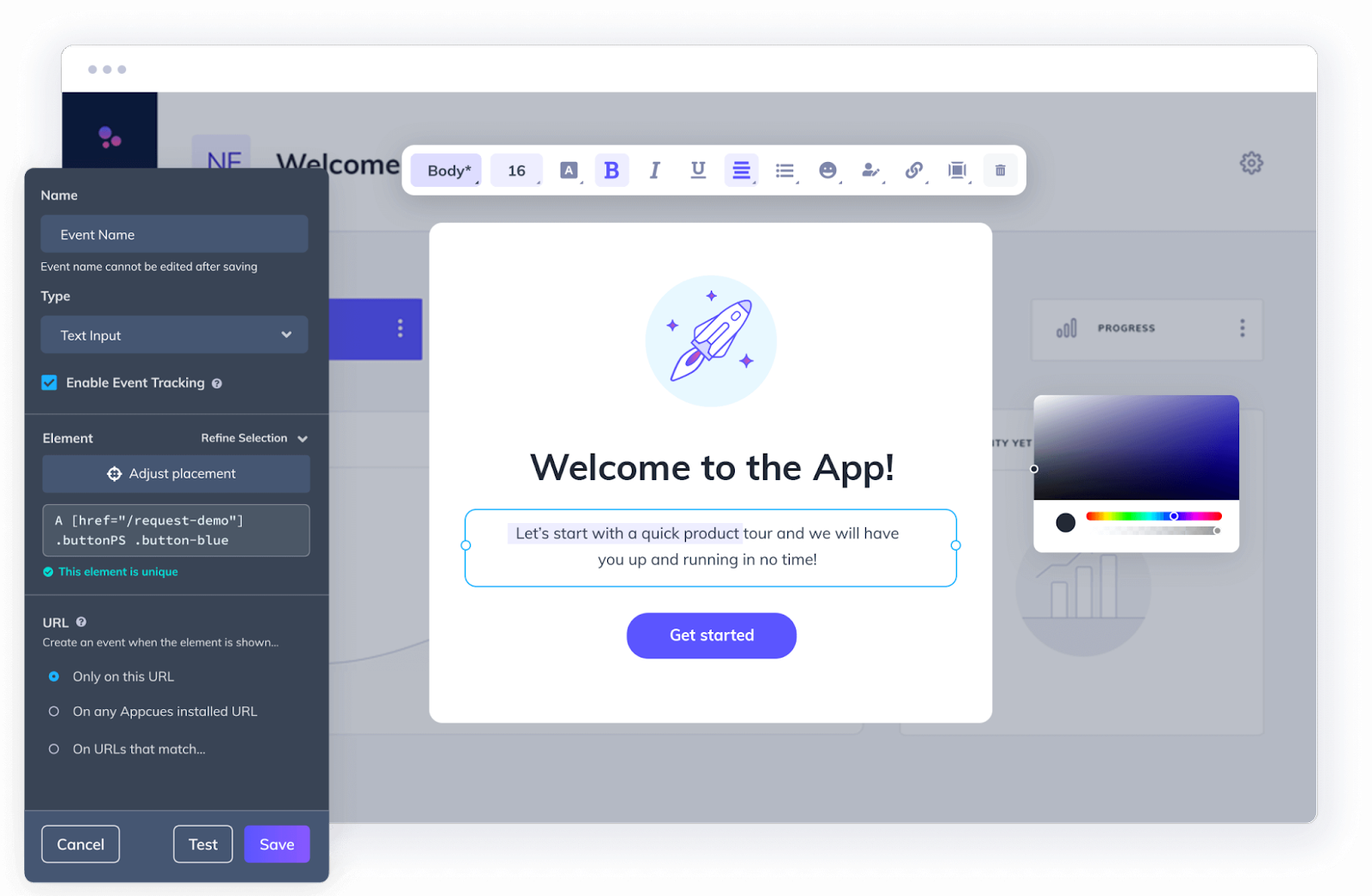
Presently, Appcues’ impact goes beyond simply creating onboarding guides. The platform has grown into a versatile, encompassing tool for designing a range of experiences crucial to the product-led strategy’s success within SaaS establishments. Thanks to its adaptability, various teams within companies can leverage Appcues, thereby enhancing the product’s user experience, boosting the sales motion, and ultimately driving substantial revenue growth.
PLG hack
How does PLG drive success for Appcues?
Appcues implements a critical PLG tactic: offering a no-commitment free trial that does not necessitate initial credit card information from users. This approach acts as a silent engine of growth. By significantly diminishing the risks for prospective users exploring Appcues’ features, it simplifies the onboarding process.
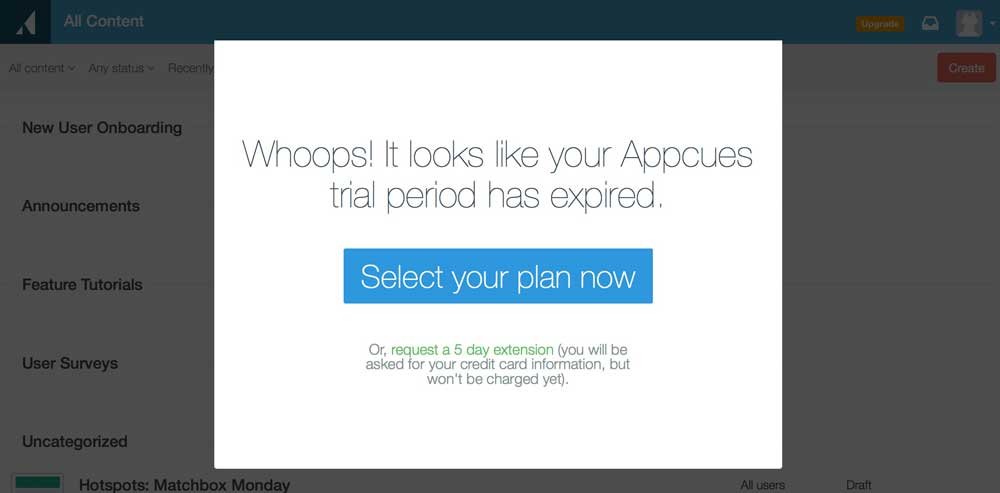
Additionally, Appcues has identified and catered to a precise product-market fit, conducive to self-service. They’ve developed a product that aptly solves a set of defined challenges for a clear-cut ideal customer profile. As a result, the product naturally resonates with potential users without the need for extensive preliminary education or persuasion.
Appcues targets growth teams within companies, who understand the challenges inherent in prioritizing in-app product experiences. These teams often emerge as internal advocates, propelling the adoption of Appcues’ services within their organization and eliminating the need for forceful sales pitches. This alignment with key personas within organizations serves as a significant lever for Appcues’ product adoption, demonstrating the value of user-centric data in shaping an effective PLG strategy.
Expert advice
Developing a tight product fit is vital in a product-led growth (PLG) strategy, particularly for self-service models. Proper product fit ensures that your product aligns seamlessly with the user’s needs, reinforcing its inherent value and fostering organic adoption. It empowers users to use the product independently, reducing reliance on customer support.
To achieve a tight product fit, you must start with a thorough understanding of your target users (or define your Ideal Customer Profile). Use data to inform your product decisions — analyze user behaviors, feedback, and engagement metrics to understand what your users genuinely need and how your product is serving those needs.
Iterative product development is essential. Regularly test new product features, collect user feedback, and leverage this data to improve and refine your product. Remember, this process is continual, as customer expectations and needs are ever-evolving.
Dropbox
Dropbox stands as a shining beacon of a successful product-led growth (PLG) strategy, rapidly scaling by prioritizing an exemplary product experience. Dropbox delivers a streamlined service revolving around cloud-based file storage and sharing. Impressively, the company hit the $1 billion revenue milestone in just a decade! What’s the secret behind this remarkable amplitude?
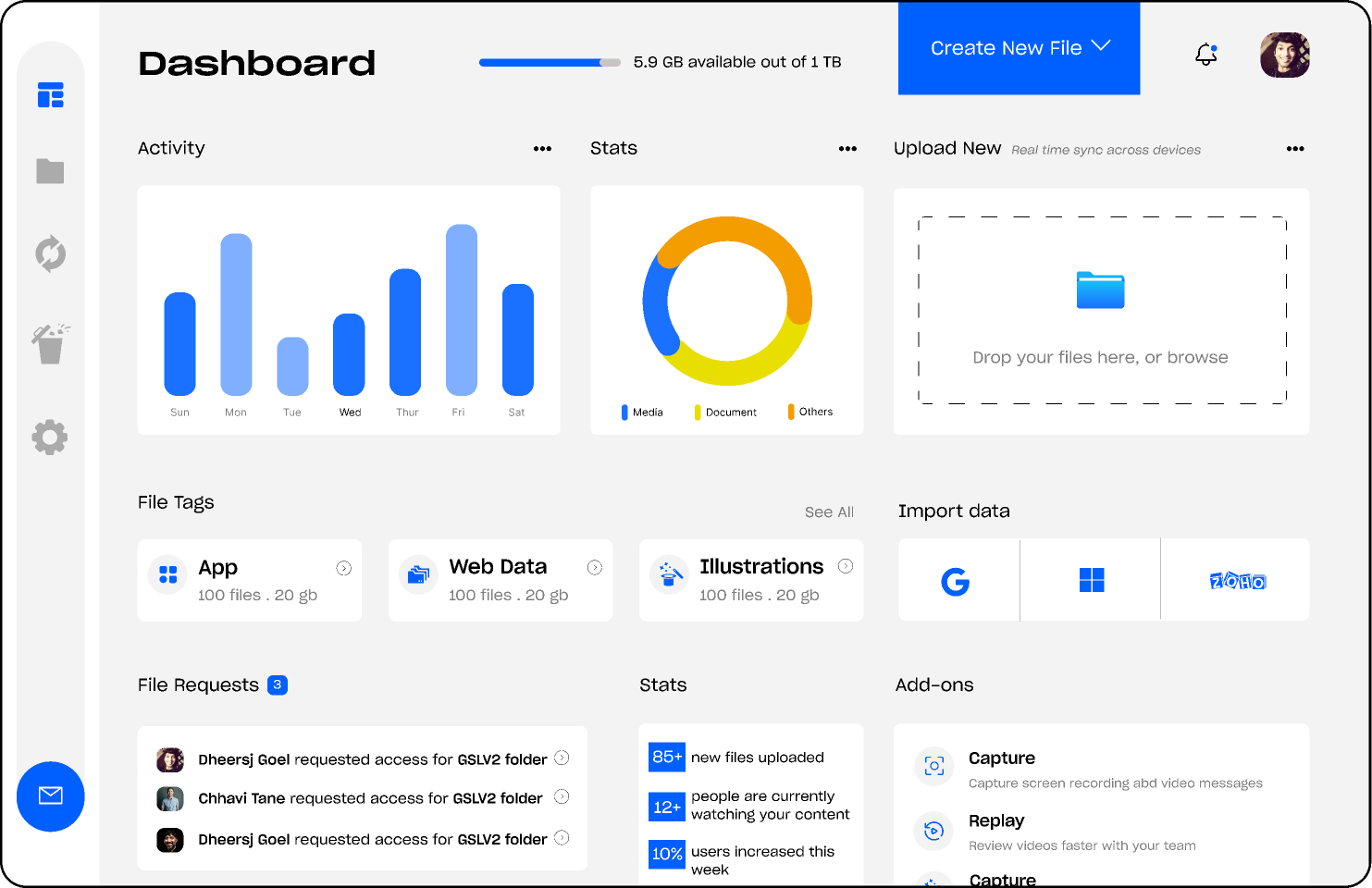
PLG hack
The key lies in their robust implementation of a straightforward, yet influential PLG strategy coupled with potent virality.
Initially, Dropbox’s main focus was on expanding their user base, deprioritizing immediate monetization. Over time, leveraging up-market opportunities bolstered the company’s financial growth.
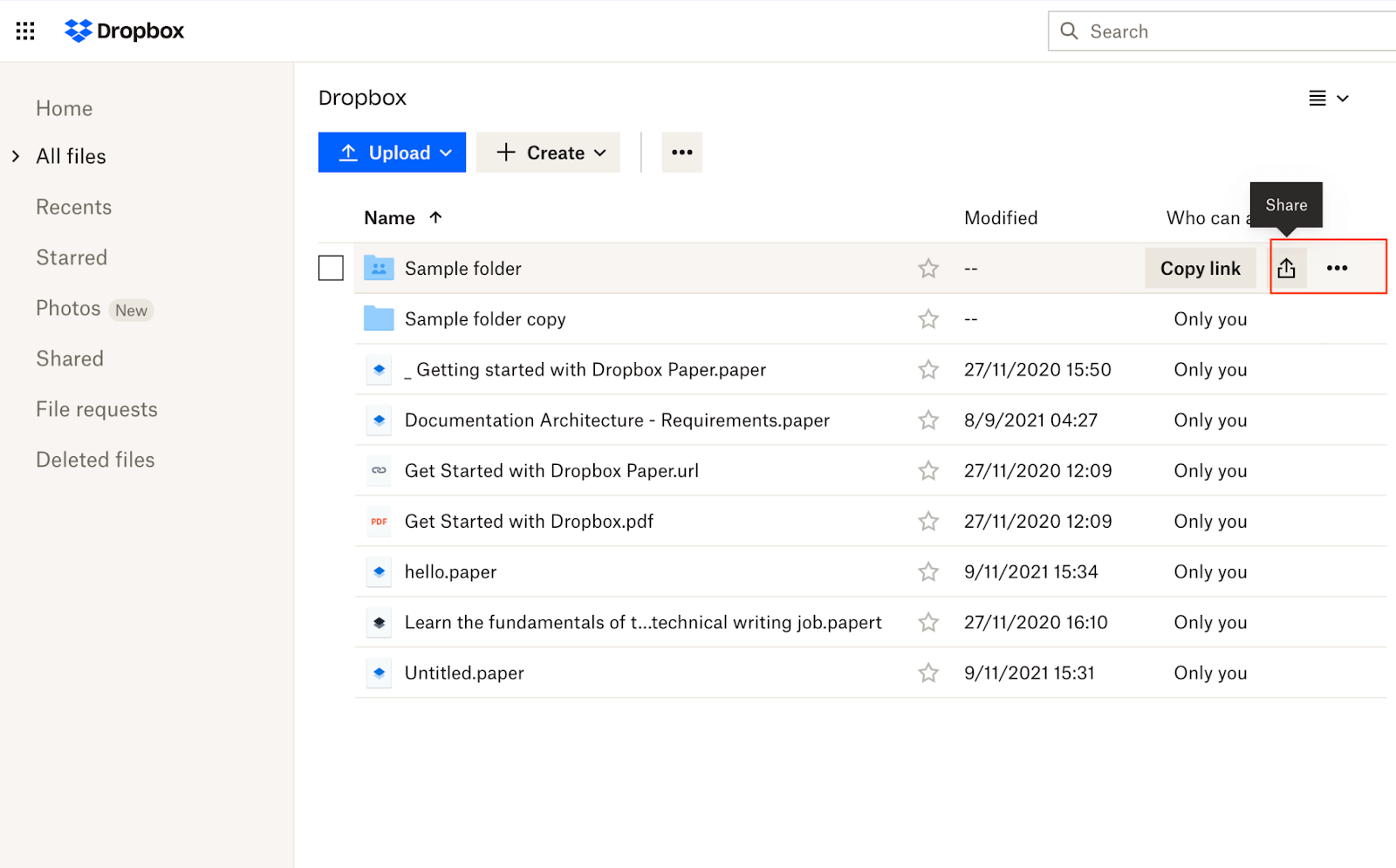
Dropbox’s strategy unfolds with a dual-pronged approach. First, it was crucial to develop a simple, user-friendly product that aligns with evolving market needs. Second, strategic features were integrated to maximize virality, provoking a significant surge in user adoption rates. This well-crafted strategy ensures a continuously growing user base that in turn drives revenue, ultimately enhancing value for their customers.
Expert advice
To achieve sustained virality in a product-led growth (PLG) strategy, it is crucial to balance user-centric design, strategic features, and continuous iteration based on user reactions.
- Focus on User Experience: A superior user experience makes your product ‘share-worthy’. Ensure your product is not just functional but also intuitive and enjoyable to use.
- Facilitate Sharing: Make sharing as effortless as possible. Incorporate easy-to-find share buttons, referral codes, or invite links within the user interface.
- Incentivize Sharing: Encourage users to share your product. This could mean providing rewards for referrals or creating a gamified experience where sharing helps users reach certain milestones.
- In-build Collaborative Features: Develop features that naturally require or encourage interaction among users. For instance, incorporating collaborative functionality in your product like shared dashboards or projects, can make your product more sticky and likely to spread.
- Iterate Based on User Reactions: Continuous product improvement is key. Gather feedback, analyze it, and use it to refine your product. Remember, PLG is not a one-off task for your team; it requires persistent tweaking and adaptation based on user behavior.
Your product drop is not the end, but the beginning of a long-term relationship with your users. Construct viral elements but also keep an eye on how users respond to maintain engagement and sharing. Keeping users engaged and satisfied is the cornerstone of product-led growth.
Hubspot
As a trailblazer in the Inbound Marketing industry, HubSpot provides top-tier solutions dedicated to marketing, sales, and success teams. The company initially grew its revenue to $100M through a sales-led approach before transitioning to a product-led growth (PLG) strategy, demonstrating its agile business practices.
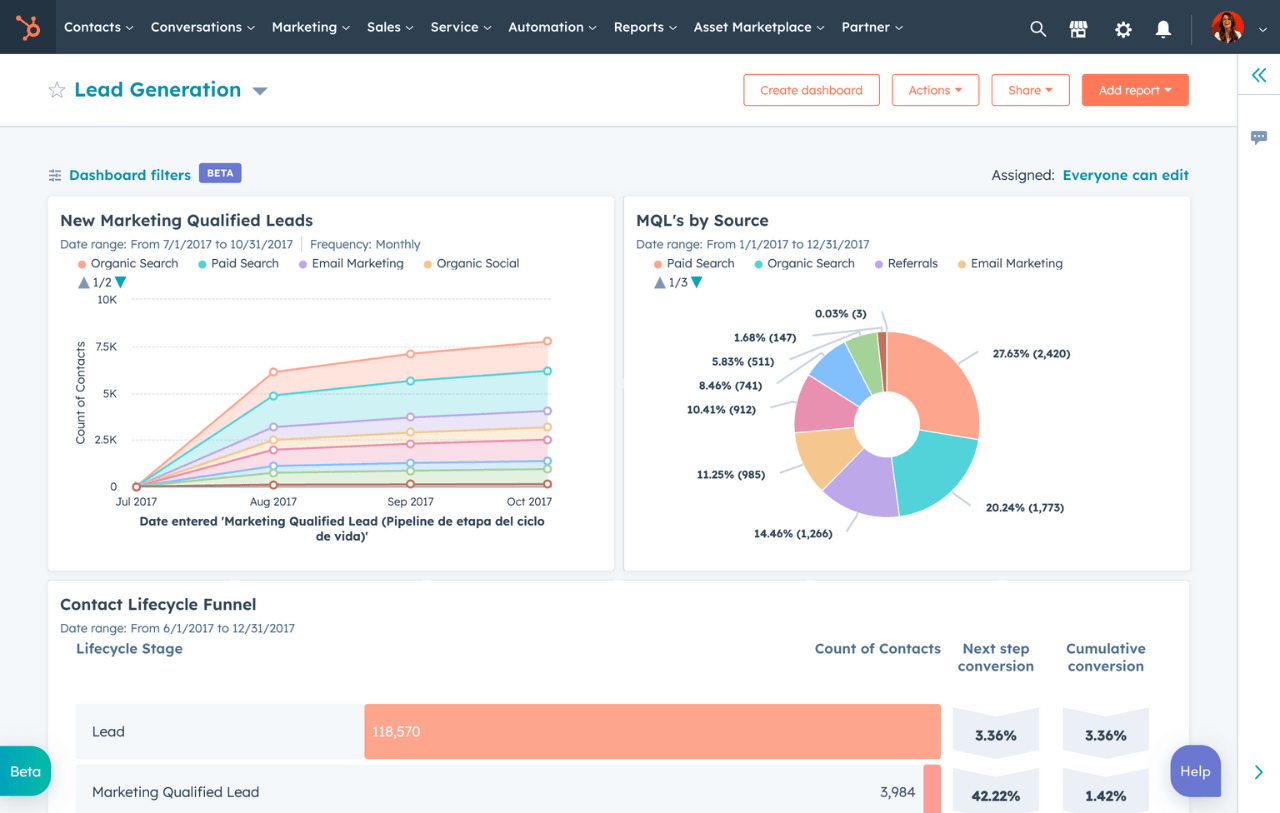
PLG hack
So what distinguishes HubSpot’s PLG approach? A core design that caters to self-service needs. Realizing that customers desired a different procedure for testing and obtaining tools, following their success with a sales-centric marketing strategy, HubSpot introduced a sales product that incorporates a self-service function.
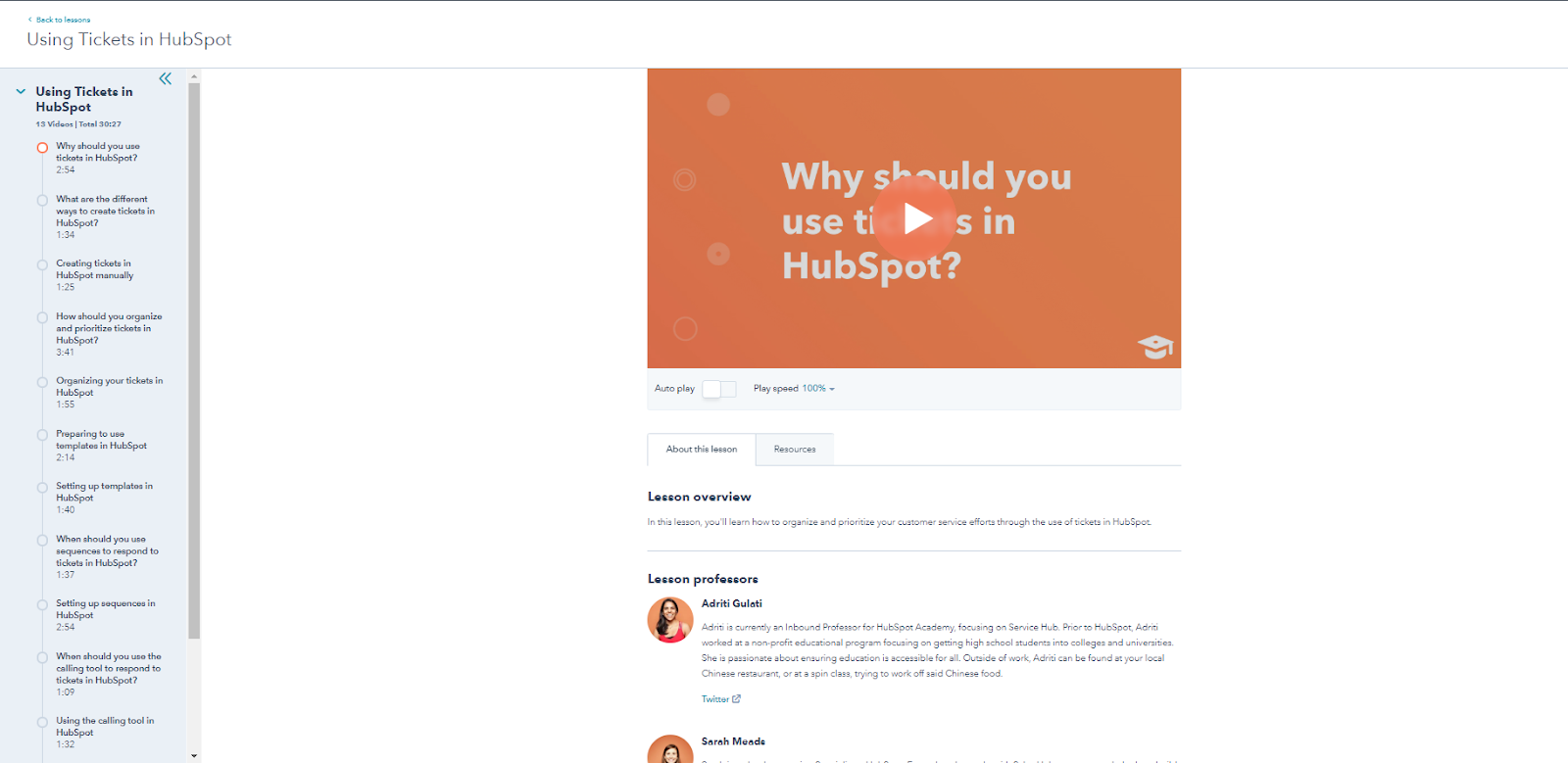
To supplement this self-service model, HubSpot assembled a robust team of product specialists committed to supporting customers throughout their journey. By aligning human touchpoints with an automated model, HubSpot delivers a comprehensive and satisfying customer experience. This convergence of personal assistance and self-service forms the cornerstone of HubSpot’s exceptional PLG strategy.
Read also:
Check if your company has the right customer focus.
Miro
Since its inception in 2011, Miro, a digital whiteboard platform that enhances cross-functional collaboration, has been a showcase of a steady growth path, primarily propelled by an efficient product-led growth (PLG) strategy. Miro has become an integral part of many individuals’ day-to-day operations.

PLG hack
A unique feature of Miro’s strategy is its attractive offer of unlimited users within its free tier, setting the stage for increased user registrations. Moreover, teams can tap into over 1,000 user-friendly, readily available templates, delivering immediate value and practical applications.
To further enrich the user’s experience, Miro personalizes the journey with a seven-step onboarding process, reflecting its customer-centricity and unlocking the full potential of the product. This bespoke approach makes users versed with the product faster and answers distinct user needs.
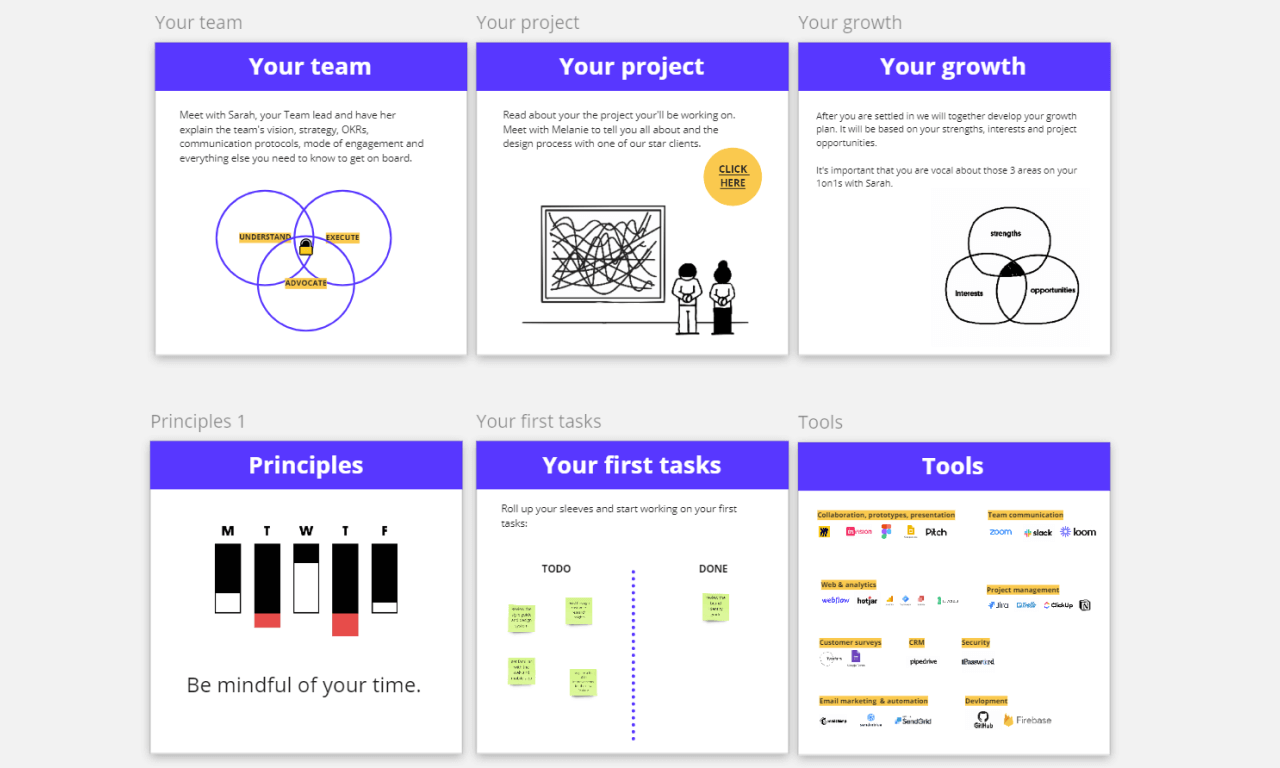
In the spirit of building an extensive community, Miro organizes forums, meetups, and offers its unique “Miroverse,” reinforcing its commitment to PLG and creating a truly comprehensive user experience. Miro’s multifaceted PLG strategy stands as a testament to the power of customer-focused growth.
Read also:
Check out how Miro experts work on content marketing and what they say about product marketers.
MongoDB
Since its launch in 2007, MongoDB has swiftly risen to become a preferred NoSQL database software. As an open-source database platform, MongoDB equips a multitude of developers with the resources needed to manage and utilize data effectively, thereby enhancing application development at an expansive scale. MongoDB’s platform, with its scale-out architecture design, proves ideal for building scalable apps with dynamic data schemas.
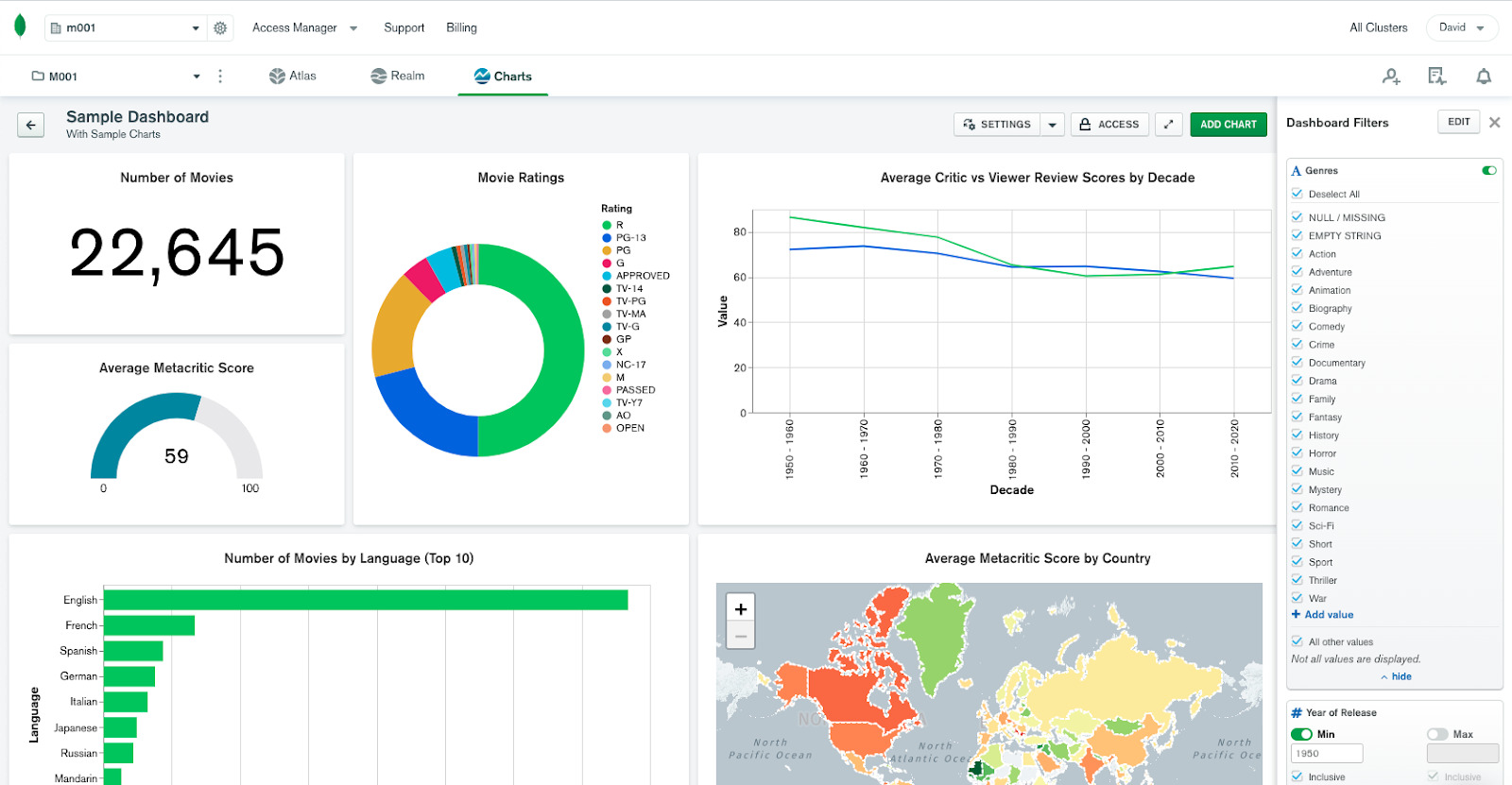
MongoDB’s current PLG triumph didn’t occur instantly. Traditionally, the company relied on marketing a locally-installed product, limiting their understanding of product usage patterns. Today, MongoDB’s success exemplifies their flexibility and capacity to evolve in response to shifting business environments.
PLG hack
A central move in MongoDB’s growth strategy involved a shift from an on-site model to a Software as a Service (SaaS) model supporting free plans. Moreover, they invested in building customer relationships via online communities, video offerings, and podcast content.
Why is PLG so beneficial for MongoDB? Their undivided attention is on delivering value. MongoDB has always been deeply committed to prioritizing user value. Understanding that engineers often prefer to test tools before making decisions, MongoDB initially focused on gaining popularity among developers as their top database choice before intensely pursuing sales.
Moreover, the open-source community played an essential role. Once MongoDB launched their open-source project, it became evident that developers enjoyed integrating the NoSQL database into their apps’ architecture. MongoDB tapped into this initial community of advocates, using it to invigorate and educate the user base of their SaaS product.
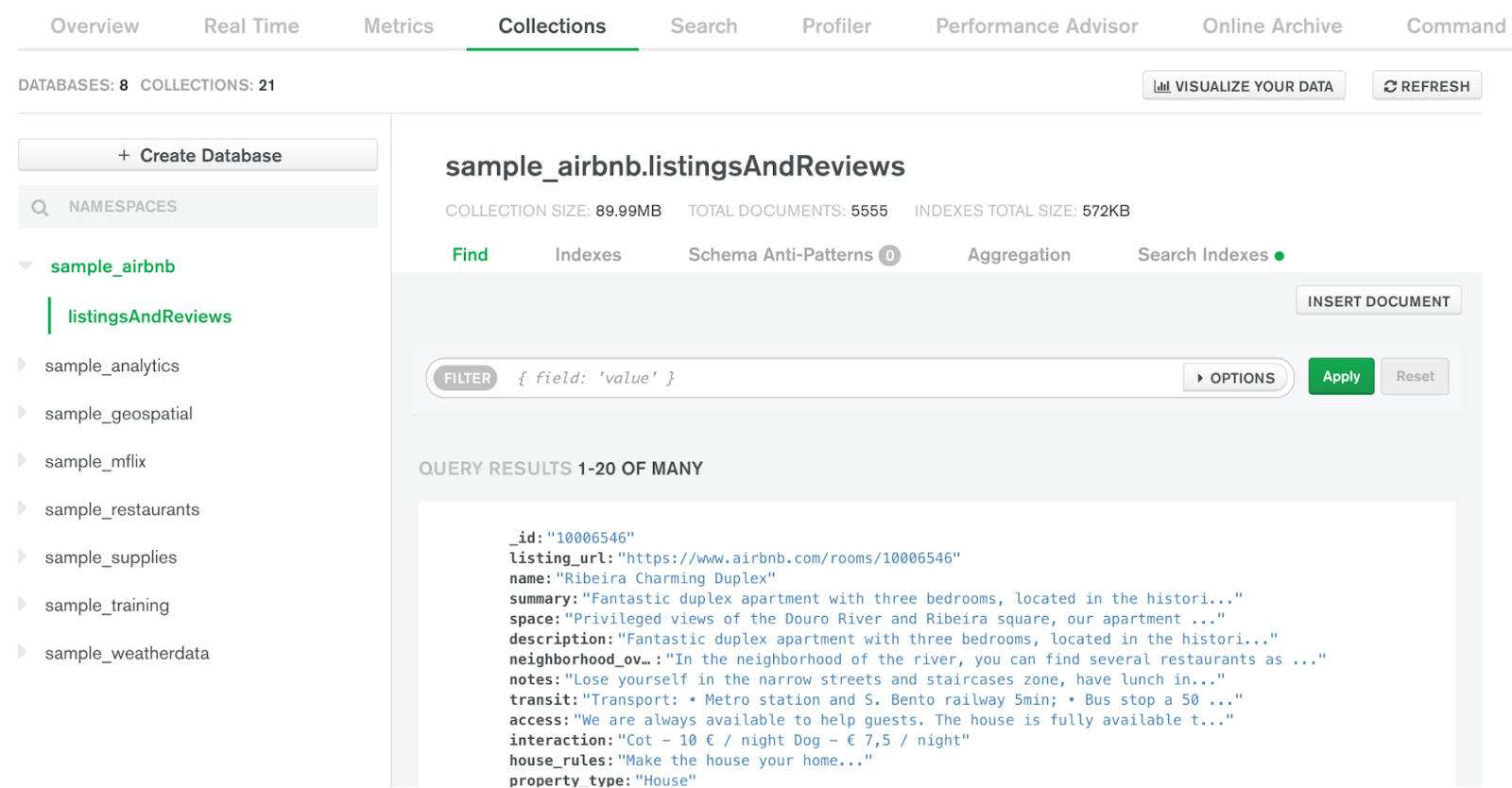
Expert advice
Unhindered exploration is crucial in a product-led growth (PLG) strategy. Offering a free plan or trial without sales interference promotes organic product discovery, empowering users to gauge value firsthand.
This frictionless access lowers barriers to entry, accelerating user onboarding, and driving early product adoption. It also builds user trust, promoting transparency, and reducing pressure, leading to increased conversion rates and improved customer satisfaction.
Today’s users value autonomy and freedom to explore — let your product speak for itself.
Notion
Notion operates as a central platform for businesses to coordinate on notes, manage projects, develop wikis, and build databases for individuals, teams, and comprehensive organizations. Their primary mission lies in creating an all-encompassing workspace application, aimed at efficiently simplifying both your professional and personal realms.
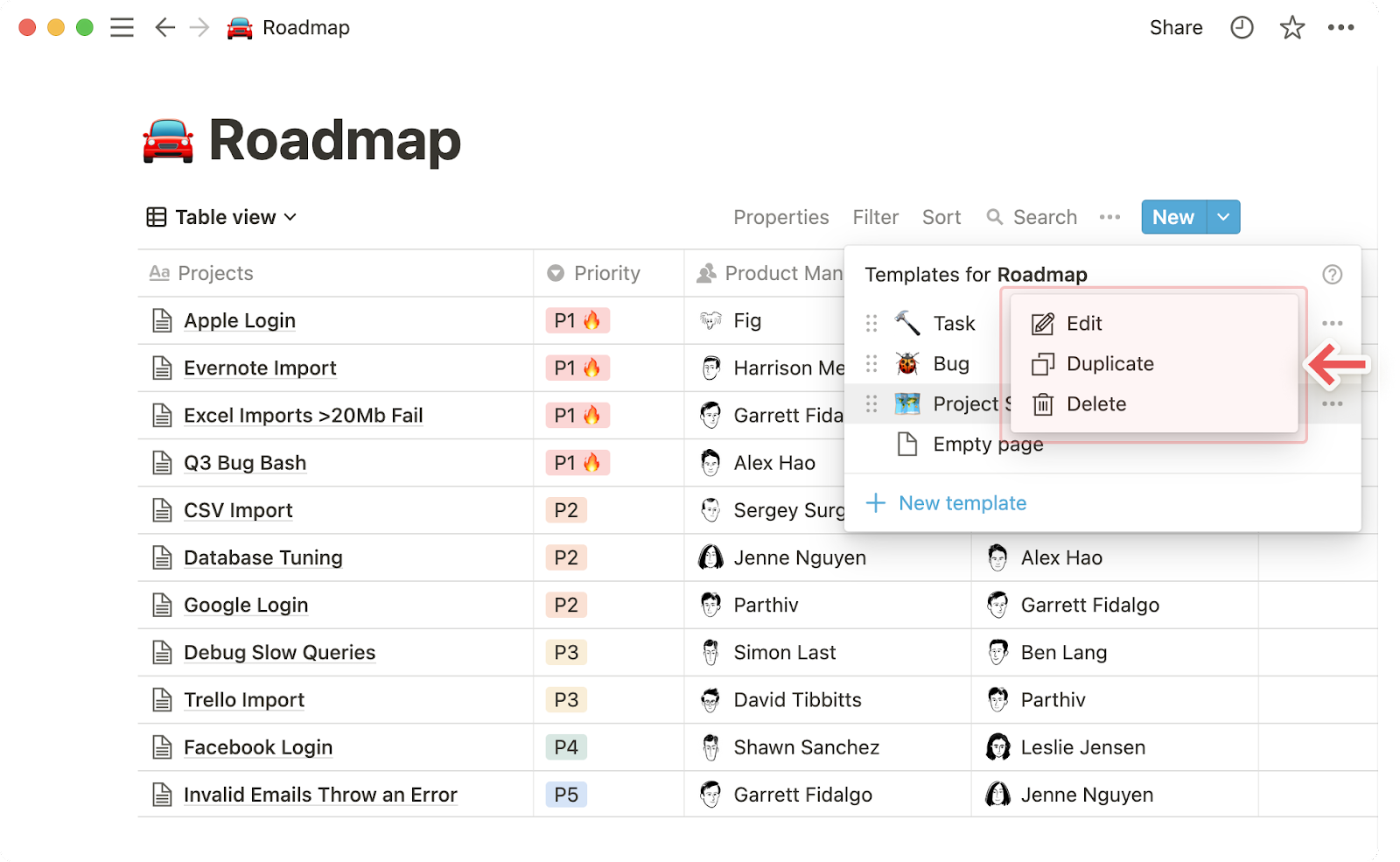
PLG hack
The secret boils down to fostering a dedicated fanbase. Notion rapidly cultivated a committed and enthusiastic user base, credited to its inventive note-management approach and an unwavering focus on superior product design.
Development in harmony with end-users plays a critical role. In its early stages, Notion found fan communities sharing usage tricks, and some even began making templates before Notion had established their own template gallery. The Notion team recognized and integrated feedback from these pioneering users, a practice they steadfastly maintain.
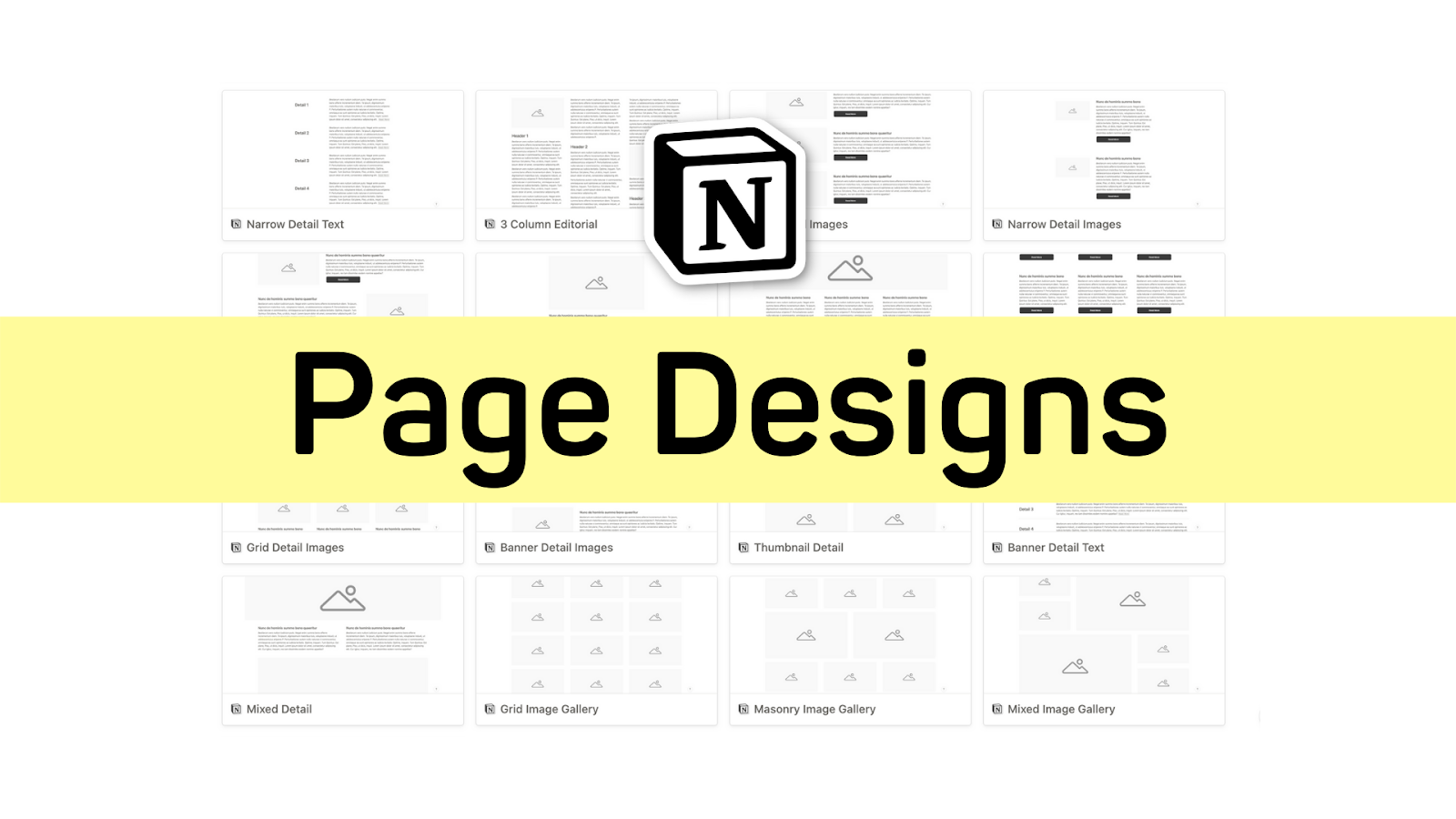
In addition, inherent network effects are crucial. Notion’s content is deliberately designed to be disseminated among teams and entire companies, promoting a natural network effect and wider adoption. This well-calibrated symbiosis between the sales team and the product ultimately drive Notion’s success in the PLG landscape
Read also:
How to double revenues by aligning your sales & marketing teams
Trello
Trello has revolutionized visual project management, transforming the ordinary to-do list into an engaging experience. Their software offers flexibility and an intuitive, user-centric interface, which over 35 million registered users seem to appreciate.

PLG hack
Trello’s approach to product-led growth (PLG) is all about crafting solutions that genuinely connect with users. Their strategy capitalizes on simplicity, facilitating user-friendly experience, customization, and visually pleasing design, thereby bolstering customer enjoyment and utility.
An essential part of Trello’s PLG stride is their impeccably designed onboarding process. They’ve simplified the sign-up procedure to enable new users to navigate the product easily. As users start interacting with Trello, either individually or via invitations, the team ensures that the product’s value becomes apparent and beneficial.
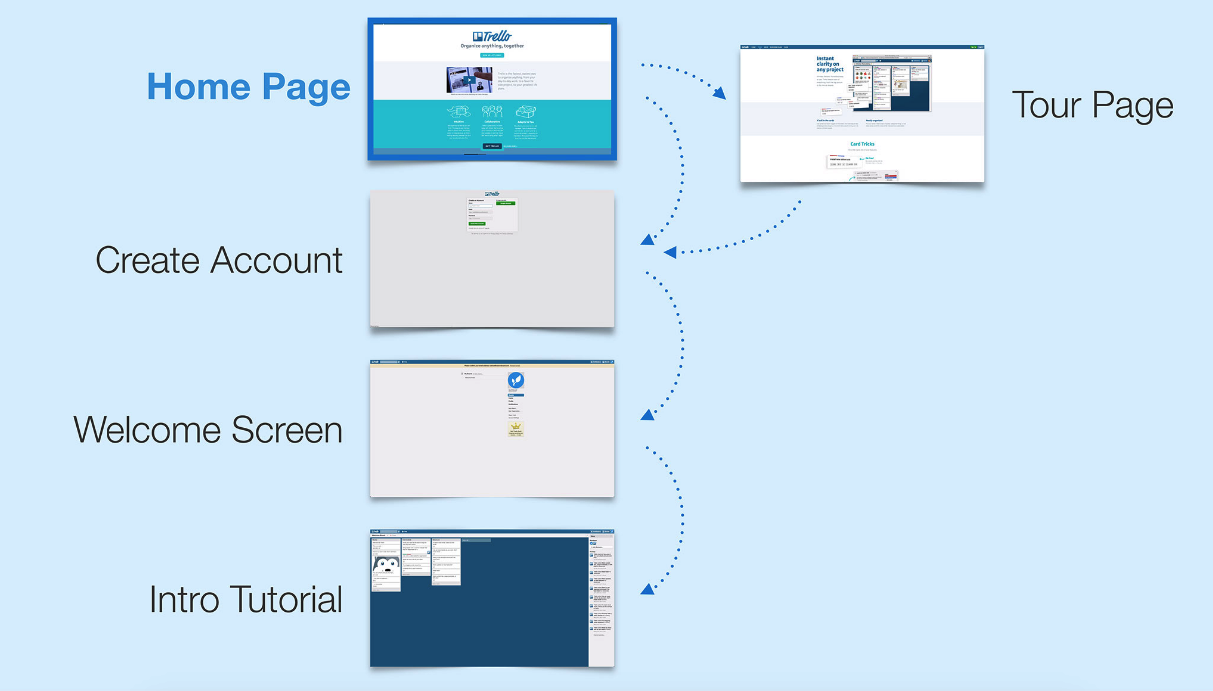
Tapping into the product’s collaborative features, Trello has exploited the power of word-of-mouth and virality. One such example is their refined invitation process. Users can customize the invitation message, offering clarity of purpose. To maintain engagement, Trello informs the inviter when the invitee signs up, ensuring transparency.
The crux of Trello’s PLG strategy is their premium service, Trello Gold. Designed for individual users, Trello Gold offers superior features and extras. To accelerate growth, Trello presents free Trello Gold for a few months when users invite others to the platform. Many continue with the paid plan, having experienced Trello Gold’s features.
Expert advice:
For companies seeking product-led growth (PLG), a well-structured, user-friendly onboarding process is vital. A well-executed onboarding experience can accelerate the ‘time-to-value’, driving user satisfaction and promoting a network effect effortlessly. Here’s a step-by-step exemplary structure of an onboarding process:
- Immediate Product Access
Let customers delve into your product at once after signup. An immediate interaction creates a positive first impression.
- Guided Product Tour
Give a brief, navigable tour of your product. Highlight key features, but avoid overwhelming new users.
- Personalization
Tailor the user experience based on data, like their role, industry, or organizational size.
- Goal Setting
Help users set attainable goals with your product. It acts as a motivation to continue and see the value.
- Continual Support
Offer resources such as tutorials, FAQ sections, or direct support from the team. Assure users that help is just around the corner.
- Feedback Collection
Regularly solicit user feedback and act on it. It demonstrates that you value user opinion.
To capture the full potential of PLG, an effective onboarding strategy is non-negotiable. It’s the first step towards building lasting, valuable relationships with customers.
Twilio
Twilio, a leading communications platform for developers, is transforming the telecom sector by merging components of cloud computing, web services, and telecommunications. Twilio empowers developers and companies to amplify communication contexts by incorporating voice, video, messaging, and authentication capabilities right into their applications, enhancing user engagement.

PLG hack
Twilio embodies how a unified company-wide approach can catalyze substantial growth. The company’s dedication to a product-centric, developer-first philosophy pervades across all operational aspects, influencing actions in every department, including sales. Their sales representatives work closely with the product team, engaging directly with end-users, providing essential feedback to better the developer experience, as opposed to artificially directing the path to attract large enterprise customers.
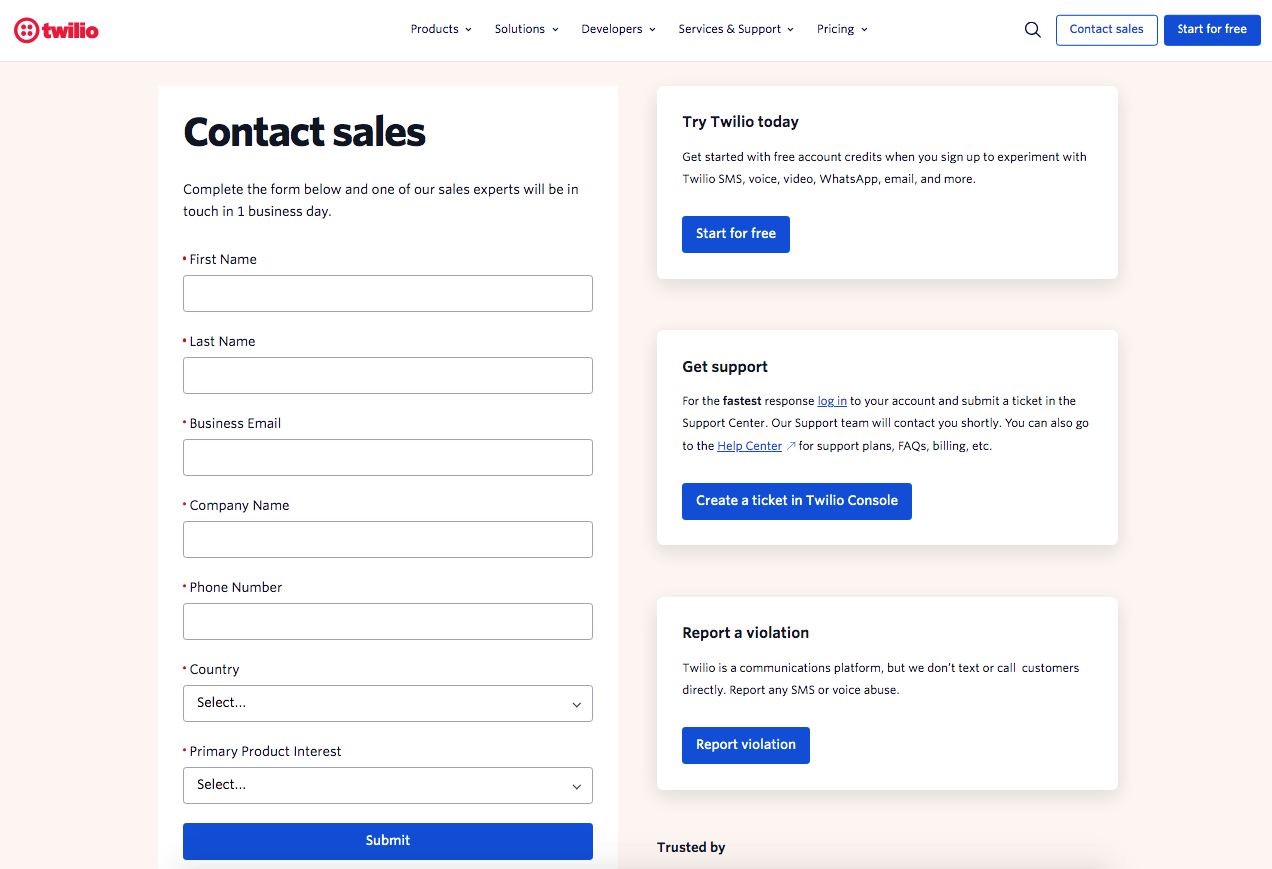
Twilio’s sales team employs clear heuristics to classify product-qualified leads, with their compensation structure reflecting this product-led growth (PLG) strategy. The company rewards sales representatives based on the long-term value of the account, not just short-term gain. These reps’ performance is measured against both the initial sale and anticipated account expansion (for example, predicted increment in pay-as-you-go revenues like Twilio’s voice minutes usage). This approach fosters a longer-term mindset in reps, aligning individual performance with the holistic company growth strategy
Read also:
20 books to boost your sales skills
Slack
Slack stands as a prime embodiment of a company gripped by product-led growth (PLG). The business experienced significant expansion through the network effect, as increasing numbers of professionals worldwide began to acknowledge the advantages of collaborating on the platform with their peers. Markedly, Slack witnessed a meteoric rise in revenues, ascending from a humble $12 million in 2014 to an astounding $902 million in 2021, a testament to their efficacious execution of a PLG strategy.
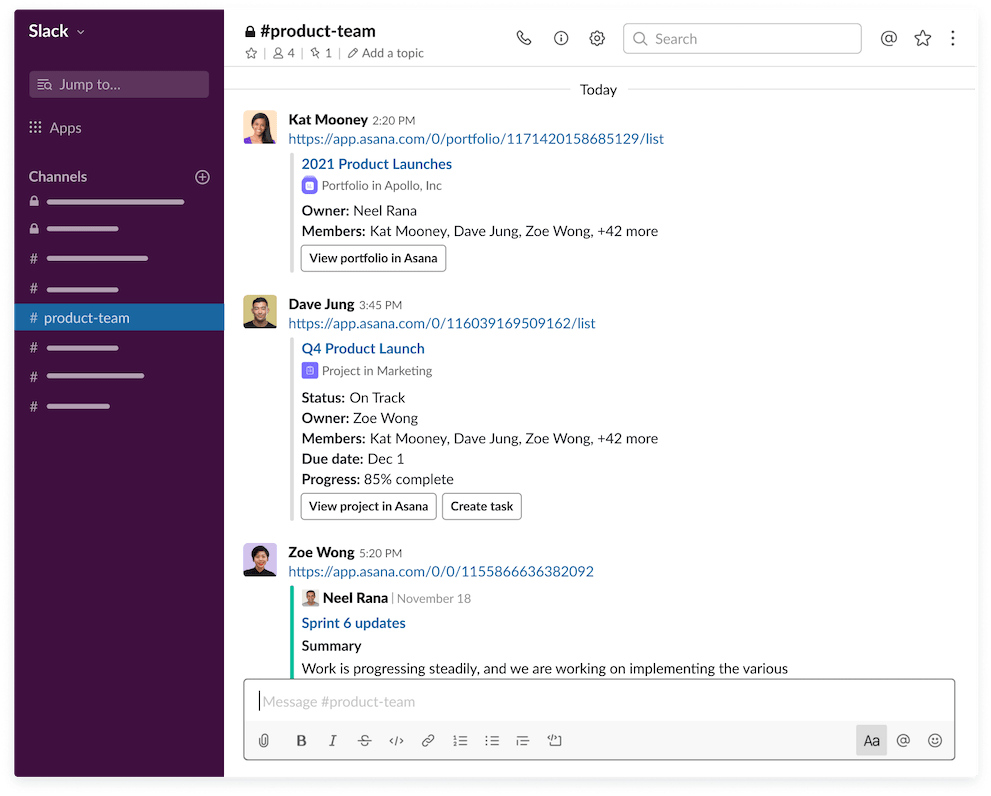
PLG hack
A key component of Slack’s growth strategy is the strategic utilization of upselling. They extend a compelling proposition to their users: by choosing a paid Slack subscription, users retain their complete message history.
Such a feature is immensely valuable to larger companies handling extensive communication data; it functions as an exhaustive record-keeping tool, essential for regulatory compliance, knowledge management, and retrospective assessments.
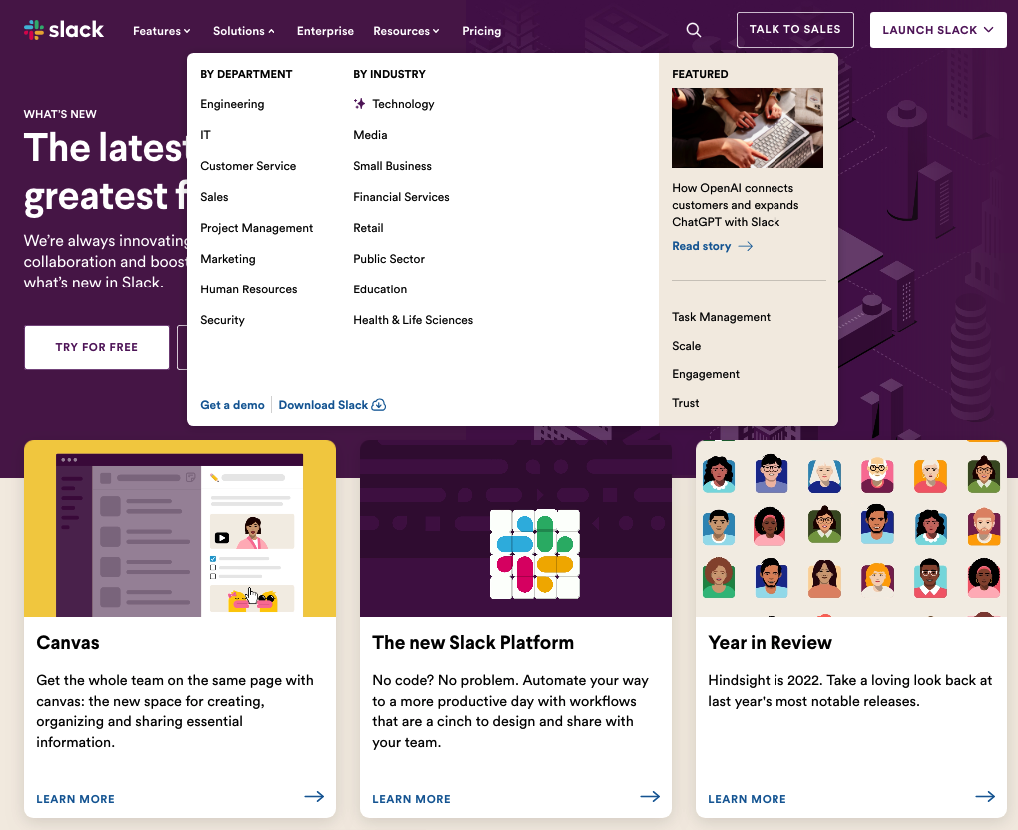
Capitalizing on critical data insights, Slack has fine-tuned its product to cater to the distinct needs of a varied user base. By delivering substantial value immediately post-upgrade, Slack applies the ‘time to value’ principle efficiently. This smart equilibrium between promoting user satisfaction and boosting revenue fosters a lasting relationship with the customers and sets Slack apart in the competitive landscape of collaborative tools.
Expert advice
Creating an effective upselling strategy can significantly boost your product’s value and revenue without turning away users. Here are some tips:
- Understand Your User’s Needs
Upselling should always be driven by the user’s needs and affordability. Understand their goals, pain points, and usage patterns.
- Highlight True Value
Users respond better to upsells when they understand the benefits. Make sure to clearly showcase the value the user will gain from the upgraded plan.
- Timing is Key
Timing your upselling pitches is important. Don’t bombard users during onboarding. Wait until users are comfortable with your product’s basic functionalities before introducing advanced features.
- Seamless Transition
Ensure that upgrading is simple and immediate, without disrupting the user’s current workflow.
- Involve Sales Team
Include your sales team in the upselling process, ask them to provide personalized guidance while respecting the self-serve user journey.
- Offer A Trial
When feasible, offer a free trial of the upgraded version. Once users experience the additional benefits, they are more likely to see the value and upgrade.
Remember, success lies in striking a balance between driving revenue growth and maintaining user satisfaction.
Zapier
Zapier, an online utility, simplifies workflows by enabling effortless app integration. The platform, home to over 4000 app connections, allows multi-step automation that can be set up without the need for a developer. Today, Zapier functions as a global hub underpinning automated processes and empowering various apps to communicate. User-defined triggers initiate a ‘zap’ into action, performing an array of tasks within a single app or across multiple apps within Zapier’s vast ecosystem.
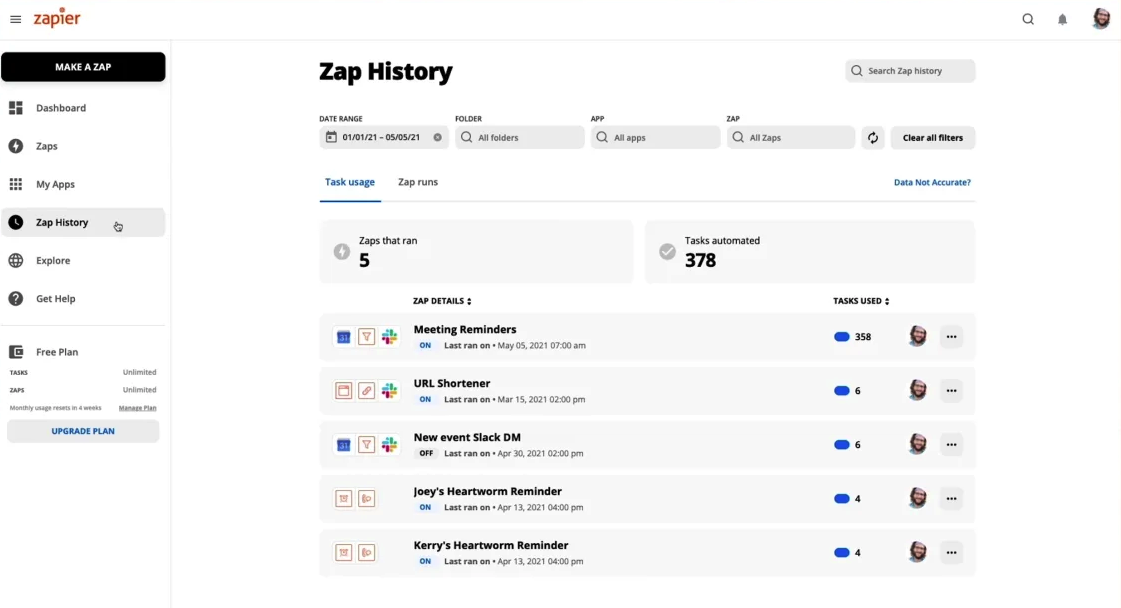
PLG hack
A close feedback cycle is a valuable tool that garners practical feedback from various user groups to improve a product’s capabilities. This practice helps to alleviate friction, overcome communication challenges, and address discomfort areas for each user demographic, enabling unambiguous feedback interpretation.
Zapier has successfully incorporated feedback loops into their product, tailoring it to fulfill user needs. They do this by launching surveys concerning their latest feature updates. Following this, they ‘zap’ the gathered data into an Airtable spreadsheet for analysis.
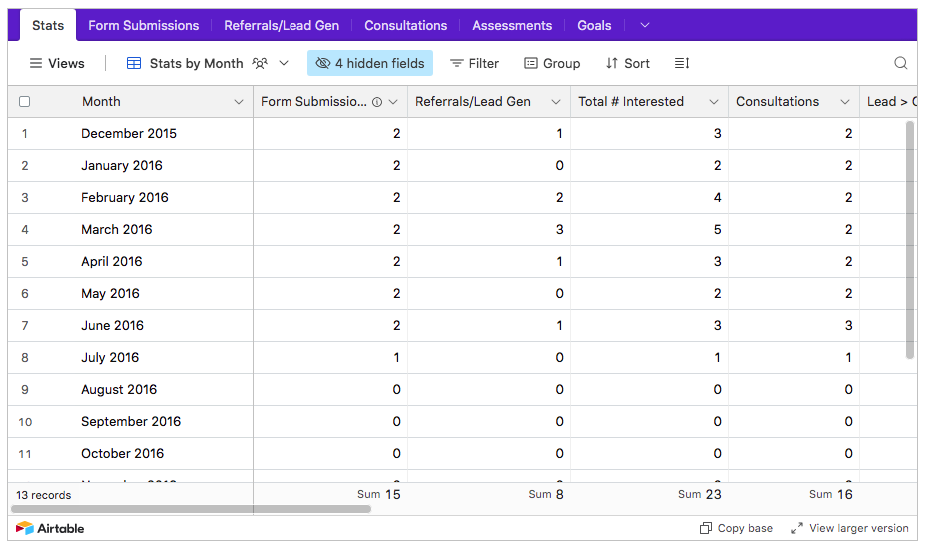
By adopting this method, Zapier can swiftly glean user insights, subsequently refining their features to serve their main user base better, thereby harnessing product-led growth effectively.
Expert advice
To improve your product’s features and facilitate product-led growth, consistent user feedback is vital. Here are some strategies to gather and utilize user feedback:
- Surveys and Questionnaires: A quick and effective way to get structured feedback. Keep them concise and focus on key product features.
- User Testing: Observe users interact with your product in real-time. Pay attention to pain points and highlight these areas to your product team.
- In-app Feedback: Embed feedback prompts within the product, giving users an opportunity to share thoughts while they interact with the product.
- Review Platforms: Monitor product reviews on different platforms. They provide an authentic glimpse of user sentiment.
- Customer Support Interactions: Analyze user inquiries or complaints to understand where users encounter difficulties using your product.
The data collected should include user demographics, usage pattern, satisfaction levels, and suggestions for improvement. Special attention should be given to feedback that directly affects customer lifetime value, such as factors influencing user retention and features driving upsells or cross-sells.
Get started with product-led growth
Embarking on product-led growth (PLG) in your company involves a strategic shift towards designing a product that users not only need but love. Here are some crucial steps to help you get started:
- Customer Obsession
Understand your customers’ needs and pain points to develop a product that provides tangible value and a satisfying user experience.
- Product Quality
Enhance your product’s capabilities and usability. It should be intuitive, reliable, and beneficial in solving users’ challenges.
- Active User Engagement
Actively engage your users through in-app prompts, targeted communication, and supportive customer service. The goal is to keep them hooked and coming back.
- Feedback Loop
Implement a feedback loop to capture users’ opinions and suggestions about the product. Use this insight to guide product improvements and innovation.
- Network Effect
Leverage the network effect through social sharing features and referral incentives. Happy customers become product evangelists, drawing in new users.
- Monitor Metrics
Keep a close eye on key metrics such as active users, user retention, and conversion rates to assess your PLG strategies.
Getting product-led growth right is about offering an excellent product, cultivating an engaged and growing base of users, and constantly learning and iterating from feedback to keep delivering value. Hopefully, the examples provided above will ignite your inspiration, propelling you to soar into uncharted territories of success.
FAQ
What are key components of Product-Led Growth (PLG)?
The key components of Product-Led Growth include user-centric design, where the product is intuitive and appealing to the users; immediate value delivery, ensuring users quickly understand the product’s value; and organic growth, where users promote the product through their networks. Additionally, continuous feedback and improvement form a vital part where teams consistently refine the product based on user data and feedback
What is the role of Organic Sharing in PLG?
Organic Sharing plays a crucial role in PLG by acting as a natural growth tool. When users find real value in a product, they’re likely to share it with their networks, leading to new user acquisition without significant marketing efforts. This word-of-mouth promotion not only amplifies product reach but also builds credibility among prospective users.
Can you explain Value-Driven Experiences in the context of PLG?
Value-Driven Experiences refer to the importance of users recognizing the benefits of a product quickly. Shortening the customer’s ‘time to value’ improves conversion rates as users are more likely to purchase or recommend products they find immediately valuable.
Is PLG suitable for all types of companies?
Product-Led Growth (PLG) is generally best matched with software or digital service companies, but not exclusively. Any business with a product that users can trial, understand, and extract value from by themselves can potentially benefit from PLG. To evaluate your company’s suitability, consider the complexity of your product, your target audience’s ability to adopt and use it without much assistance, and whether your product can deliver immediate value. Additionally, a successful PLG strategy often results from the capacity to scale user acquisition and manage a freemium or low-cost entry model.
How does a business transition to a PLG model?
Transitioning to a Product-Led Growth (PLG) model requires a shift in focus from sales-led initiatives to customer experiences centered around the product. Here are key steps:
- Develop a user-friendly product that independently provides value.
- Prioritize a frictionless onboarding experience.
- Leverage data and feedback to understand and refine the user journey.
- Create a free trial or freemium model to attract potential customers.
- Empower users to self-serve, but be ready to assist when necessary.
- Build community around your product to foster user engagement, advocacy, and retention.
Transitioning to PLG involves a cultural shift and may require time for the team to adapt, so don’t rush it 🙂
How does PLG contribute to business growth?
PLG contributes to business growth by lowering customer acquisition costs and improving customer retention rates. The focus on product value provides users with immediate benefits, driving user satisfaction, and loyalty, which in turn increases long-term revenue. Additionally, the organic sharing element of PLG allows businesses to scale their user base efficiently.
Can PLG coexist with traditional sales-led strategies?
Sure, PLG can coexist with traditional sales-led strategies. In fact, most successful PLG companies utilize a hybrid approach. While the product is the initial focus, driving user acquisition and early adoption, sales teams can step in to nurture and expand high-value accounts. Sales tasks can include upselling and cross-selling to increase customer lifetime value, particularly for larger clients or complex use cases. These strategies, when implemented together, allow businesses to capitalize on both the scalability of PLG and the high-touch, personalized impact of a sales-led approach.
Read also
- Discover Revolutionary Benefits of Product-Led Growth For Your Business
- 13 product led growth metrics SaaS companies track in 2023
- Top 10 PLG tools for your Product-Led Growth strategy
- Product Led Growth Marketing: a step-by-step guide
- 10 product led growth marketing software tools
- A Comprehensive Guide to Customer-Led Growth
- Growth marketing framework: Battle-tested insights from Dashly experts
- Growth Product Manager: Charting new frontiers in product scaling
- 20 product led growth examples to inspire your team [expert edition]
- 15 customer retention tools: find out the best software to return your customers
- Top 10 best product marketing tools for your tech stack [expert review]
- 15 best user behavior analytics tools [software features & pricing]
- 16 best CX customer experience tools: software features and pricing

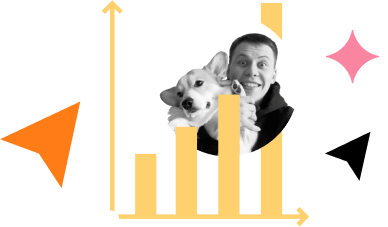


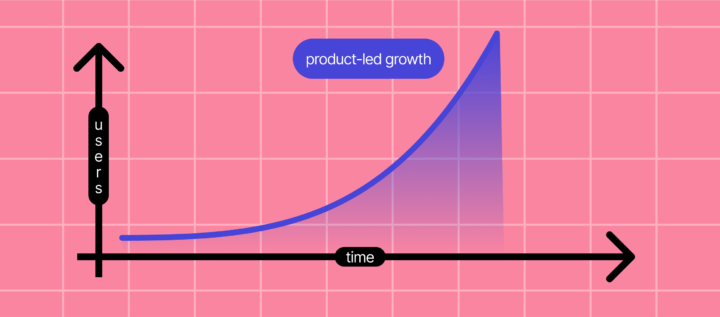

![The ultimate guide to growth marketing in 2025 [explained by a growth hacker]](https://www.dashly.io/blog/wp-content/uploads/2023/04/The-ultimate-guide-to-growth-marketing-explained-by-a-growth-hacker-720x317.png)